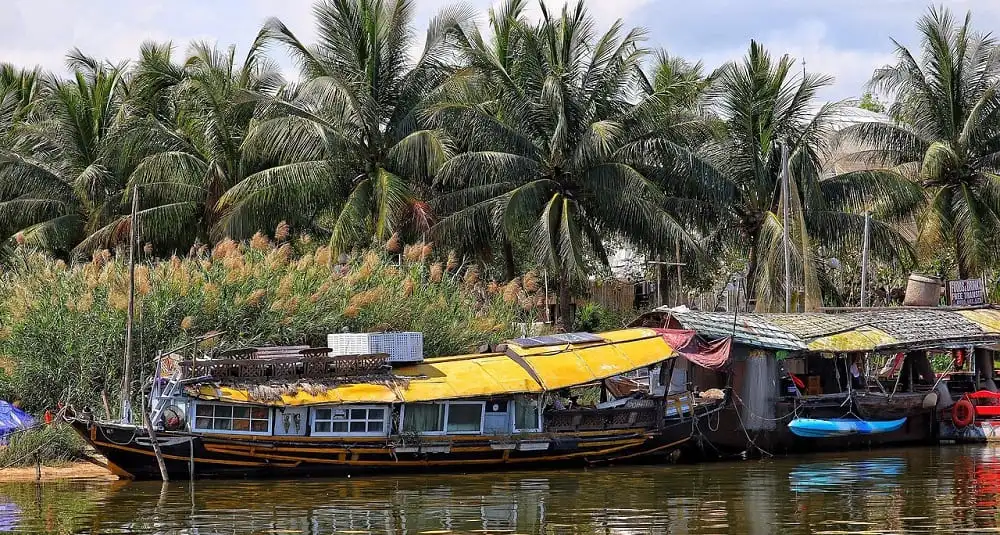Where is the Mekong River born?
Last Updated:
The Mekong, one of Southeast Asia’s most emblematic rivers, rises in the Tibetan highlands in China’s Qinghai province. This region, situated at an altitude of around 5,000 metres, is the starting point of this majestic waterway, which travels some 4,350 kilometers through several countries before emptying into the South China Sea.
The precise source of the Mekong is near Mount Guozongmucha in Qinghai. More precisely, the river rises in Lasagongma, a glacial stream on the Tibetan plateau, at an altitude of over 5,000 metres. This remote and inaccessible region is characterized by mountainous landscapes and harsh climatic conditions, all of which contribute to the formation of the Mekong’s waters.
After its birth, the Mekong flows through several Southeast Asian countries, playing a crucial role in the economic, social and cultural life of the people who live along its banks. Its course can be summarized as follows:
- China: Known as Lancang Jiang, the river flows through Yunnan province, where it is nicknamed the Turbulent River due to its deep gorges and rapid flow;
- Burma (Myanmar): The Mekong forms a short border between China and Burma, then between Burma and Laos;
- Laos: The river forms a natural border between Laos and Thailand along much of its course, before penetrating deep into Laotian territory;
- Thailand: In addition to sharing a river border with Laos, Thailand benefits from the Mekong’s resources for irrigation and fishing;
- Cambodia: The Mekong flows through Cambodia, where it is essential for agriculture, particularly rice-growing, and fishing;
- Vietnam: The river divides into several branches to form the Mekong Delta, a fertile region nicknamed the rice granary of Vietnam, before emptying into the South China Sea.
The Mekong River is vital to the millions of people who live in its watershed. It provides water for irrigation, is a major source of fish and serves as an essential transport route. The Mekong Delta, in particular, is one of the most productive rice-growing regions, contributing significantly to the region’s food security.
Despite its importance, the Mekong faces a number of challenges. The construction of hydroelectric dams, notably in China and Laos, is having an impact on the river’s flow, affecting fishing and agriculture downstream. In addition, climate change is causing variations in rainfall patterns, influencing water levels and salinity in the delta. These challenges call for regional cooperation to ensure sustainable management of the Mekong’s resources.
The Mekong, which rises in the Tibetan highlands of Qinghai, is much more than just a river. It is the beating heart of Southeast Asia, home to diverse ecosystems and thousand-year-old cultures. Preserving its ecological health is crucial to the well-being of the people who depend on its bountiful waters.
You may also be interested in
geography

Where is the Mekong River born?
Answer
The Mekong rises on the Tibetan plateau in China's Qinghai province, at an altitude of around 5,000 metres, near Mount Guozongmucha.